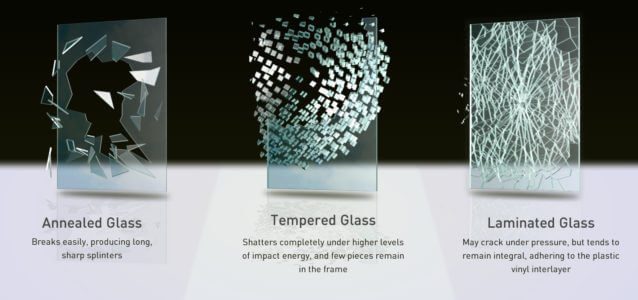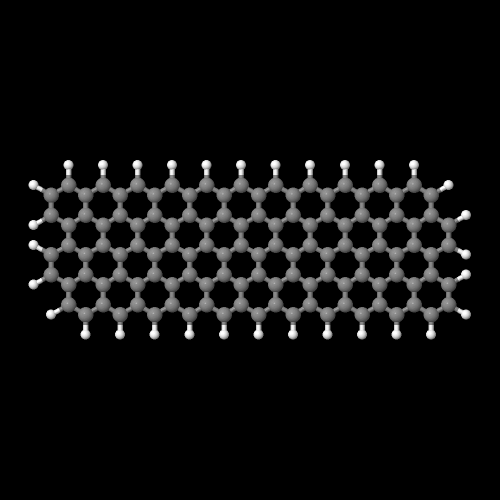Composites
Essential idea: Composites are an important material in an intensely competitive global market. New materials and technologies are being produced frequently for the design and rapid manufacture of high-quality composite products. Composites are replacing more traditional materials as they can be created with properties specifically designed for the intended application.
A composite is composed of two or more materials with one acting as the matrix and the other acts as the reinforcement (fibers/sheet/particles).
Form: fibres/sheet/particles and matrix
Composites are a combination of two or more materials that are bonded together to improve their mechanical or physical properties. Composites can be investigated as a whole but breaking them down into 3 key areas is most useful to achieve a detailed understanding - form, process, and composition.
Textiles: Fiber
- Fibers can be spun into filaments, string or rope, used as a component of a composite material or matted into sheets to make such products as fabrics, paper, or felt.
- Synthetic fibers can be produced very inexpensively and in large quantities, compared with natural fibers.
- Woven fabrics and other reinforcements are used in conjunction with resins (the matrix) to produce composite materials which combine the strengths and overcome the weaknesses of two (or more) materials to produce very strong materials, such as carbon fiber (CF)
| Carbon Fiber Textiles |
Sheet: Glass
- Glass is produced using silicon dioxide, sodium oxide and calcium oxide, and is generally made into sheets.
- When glass is laminated then it becomes a glass composite because there is an interlayer between the glass sheets made from PVB [polyvinyl butyral]. When the glass is shattered the interlayer keeps the glass layers bonded, preventing the glass breaking up.


Particles - Metals and Concrete
- Particle re-inforcing in composites is a less effective of strengthening than fiber reinforcement.
- Particulate reinforced composites achieve gains in stiffness primarily, but can also achieve increases in strength and toughness & wearability in terms of concrete composites.
- Particulate reinfoced composites find applications where strength, toughness, nad hadness may need to be increased.
Matrix -Carbon fiber
- There is a reson that a material like carbon fiber can be strong and lightweight at the same time. It is related to the atoms that make up these materials and the way that these atoms bond together.
- As with all composites there are two categories of constituent materials, matrix and reinforcement. The matrix for carbon-fibre is an epoxy resin that surrounds and supports the reinforcement materials ie the woven CF fabric.
 |
| Carbon fiber polymer structure |
Process: weaving, moulding, pultrusion and lamination
Weaving
- Woven carbon fiber is most suitable for applications requiring a high strength-to-weight ratio.
- Carbon fiber is stiff and strong but remains very light. Replacing steel in many applications, its up to 5 times stronger and up to two thirds lighter. Further to its incredible strength and weight properties carbon fiber products offer distinct aesthetic value.
Moulding
- Hand lay-up is an open molding method suitable for making a wide variety of composites products including: boars, tanks, bath ware, housings, architectural products, and many other products ranging from small to very small to very large.
- Production volume per mould is low and is feasible to produce substantial production quantities using multiple moulds.
| Spray-up Molding |
| Hand Lay-Up |
- Spray-up is an open mold method similar to hand-lay up in its suitability for making boats, tanks, for transportation, and other items in a large variety of shapes and sizes. A chopped laminate has good conformability and is sometimes faster than hand lay-up in molding complex shapes.
Pultrusion
- Pultrusion is a continuous process for manufacture of composite materials with constant cross-section. The term word, combines 'pull' and 'extrusion'. As opposed to extrusion, which pushes the material, pultrusion works by pulling the material.
- Raw materials are a liquid resin mixture (containing resin, fillers, and specialized additives) and flexible textile reinforcing fibers. The process involves pulling these raw materials rather than pushing, through a heated steel forming die using a continuous pulling device.
Pultrusion is a molding process where fibers are saturated with a liquid polymer resin & pulled through a heated die to form a part.
| Pultrusion process |
Lamination
- One of the early materials that was used as a part of a lamination process was called Formica. Formica originally consisted of layers of fabric bound together with resin; later, it was made with thick pieces of paper laminated with melamine. This tougher substance could resist heat and abrasion, while the paper opened up a wealth of possibilities for printing colors and patterns, which proved key to its success.
 |
| Formica Laminate Sheet |
Composition and structure of composites: concrete, engineered wood, plywood, particleboard, fibreglass
Kevlar, carbon reinforced plastic, laminated veneer lumber (LVL)


No comments:
Post a Comment